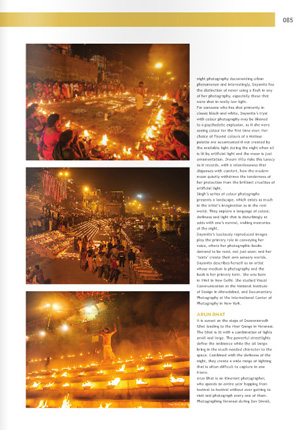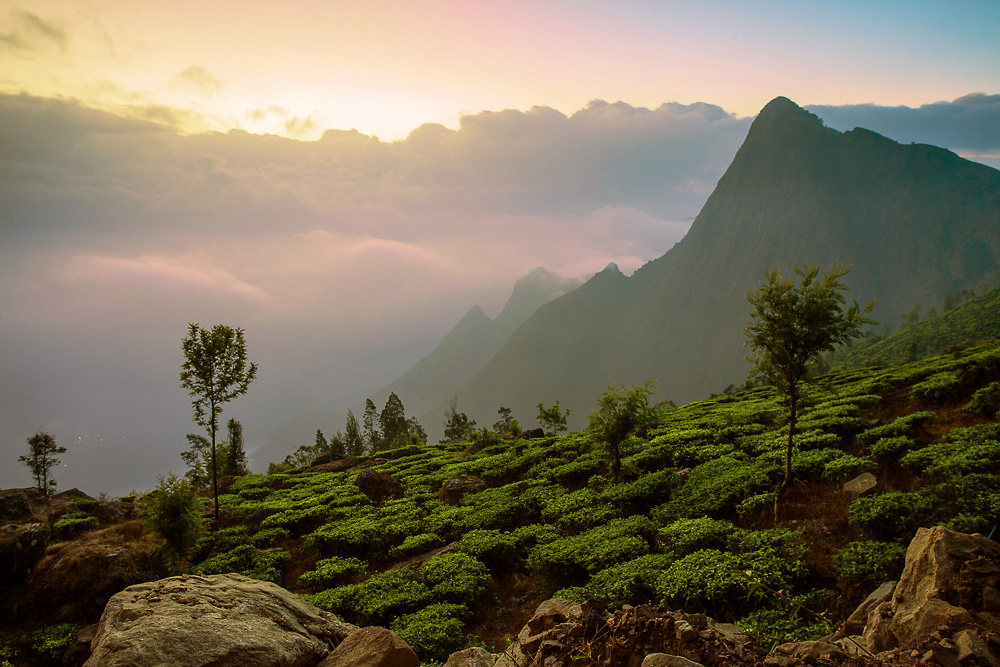
Before the recent launch of Xiaomi Note 3, I was commissioned by Xiaomi to use the phone-camera and create a collection of colourful images. Here is the set of images created during my assignment. Do have a look at the them below, and scroll down to read-on about my thoughts on photography with a mobile-phone.
[masterslider id=”4″]
Until now, I hadn’t taken mobile-phone photography seriously. My slightly older smartphone did not have a very powerful camera. Although I kept reading about how much better the phone-cameras are becoming, I wasn’t too sure. Using the Xiaomi Note 3 helped me change my opinion about smart-phone cameras. Today’s phone-cameras can easily create good quality images, which could once be made only with a decent quality dedicated digital camera.
 This month’s issue of Mondo Arc magazine features some of my work from Dev Diwali Festival in Varanasi. See the story here, or scroll down for the unedited question and answers. Most of these images are made during my annual photography tour to Varanasi, which we conduct in November.
This month’s issue of Mondo Arc magazine features some of my work from Dev Diwali Festival in Varanasi. See the story here, or scroll down for the unedited question and answers. Most of these images are made during my annual photography tour to Varanasi, which we conduct in November.
Q: Tell me about the experience of creating the images in Varanasi…how did you chose the subject.
Varanasi has an unseen depth to it, rarely understood by its visitors. During the day, it’s a busy mix of pious pilgrims hoping to earn merit in the other world, businesses that depend on them and tourists who are looking to witness all this. As the night falls, the dimly lit alleys grow quiet and everyone congregates at an explosion of lights at Dasaswamedh Ghat, where the evening ritual of Ganga Aarti is performed by priest swaying torches under floodlit steps leading to the river.
Behind all this is a belief that moves the city and an energy that holds its constructs together. My motive has always been to capture this belief and energy that serves as the city’s foundation. I attempt go behind the faces and their interactions, trying to catch an unseen flow of otherworldly forces that appear define the city’s way of life. The people, the lights and the rituals form manifestations of this internal energy through which I try to represent the ethereal mystery of the city.
Ever since photography went digital, a debate has raged on how much post-processing is acceptable. There have been strong debates – one that calls post-processing as creative freedom and the other calling it as manipulation. Here is a look at all the arguments about post-processing–both for and against–that I hear from people or read about.
The idea for this post came to me when I was working on one of my images. I was participating in a social-media campaign and was planning to use a landscapes images in it. I wanted the image to catch viewers’ attention and decided to pep it up with colours. See the before/after images here.


As you can see, the post-processed image appears more colourful and pleasing to the eye compared to the original image. I could have easily made it appear even more colourful if I wished to, but I decided to stop at this. But when is a good time to call it enough? How much processing is too much? Is it acceptable to process images at all?



